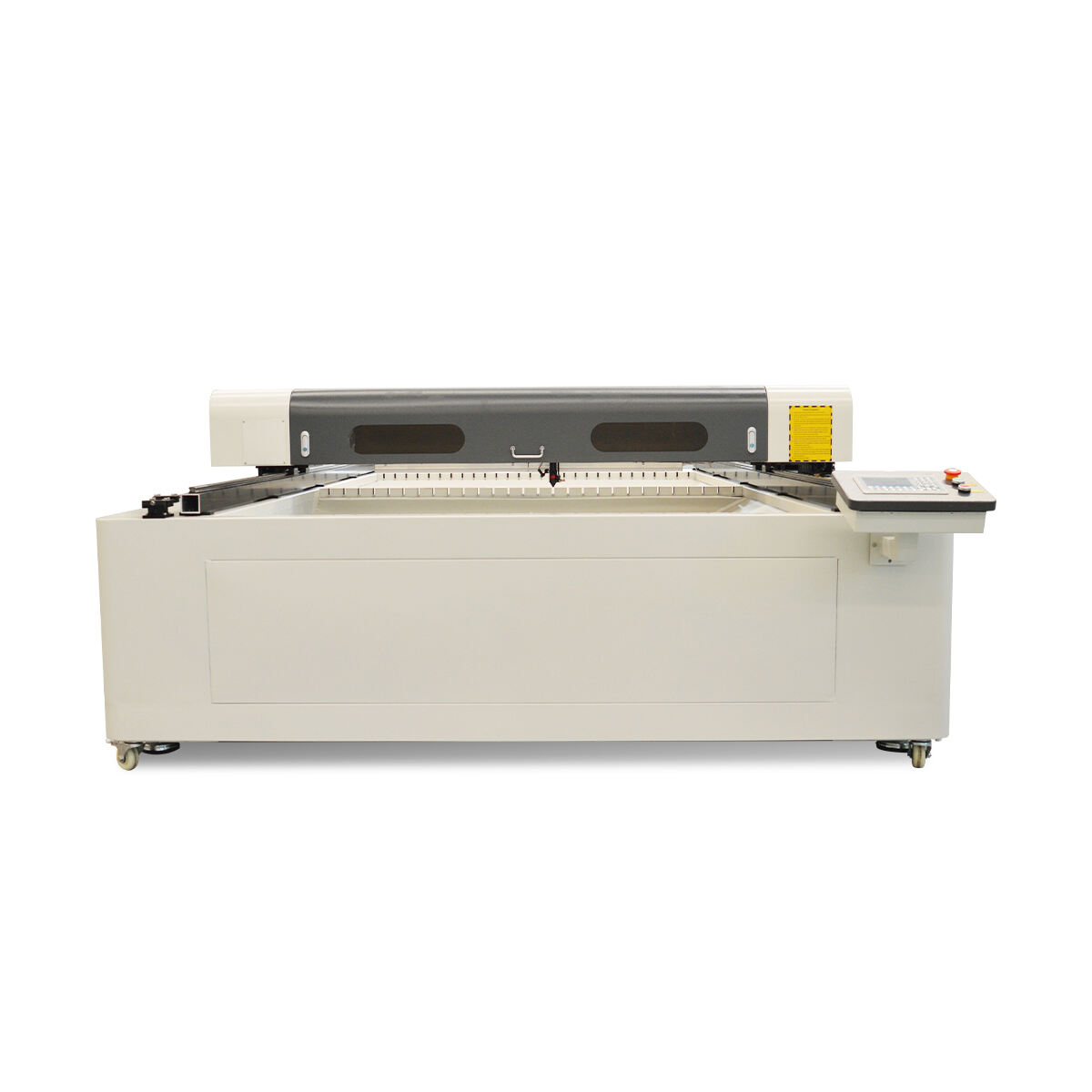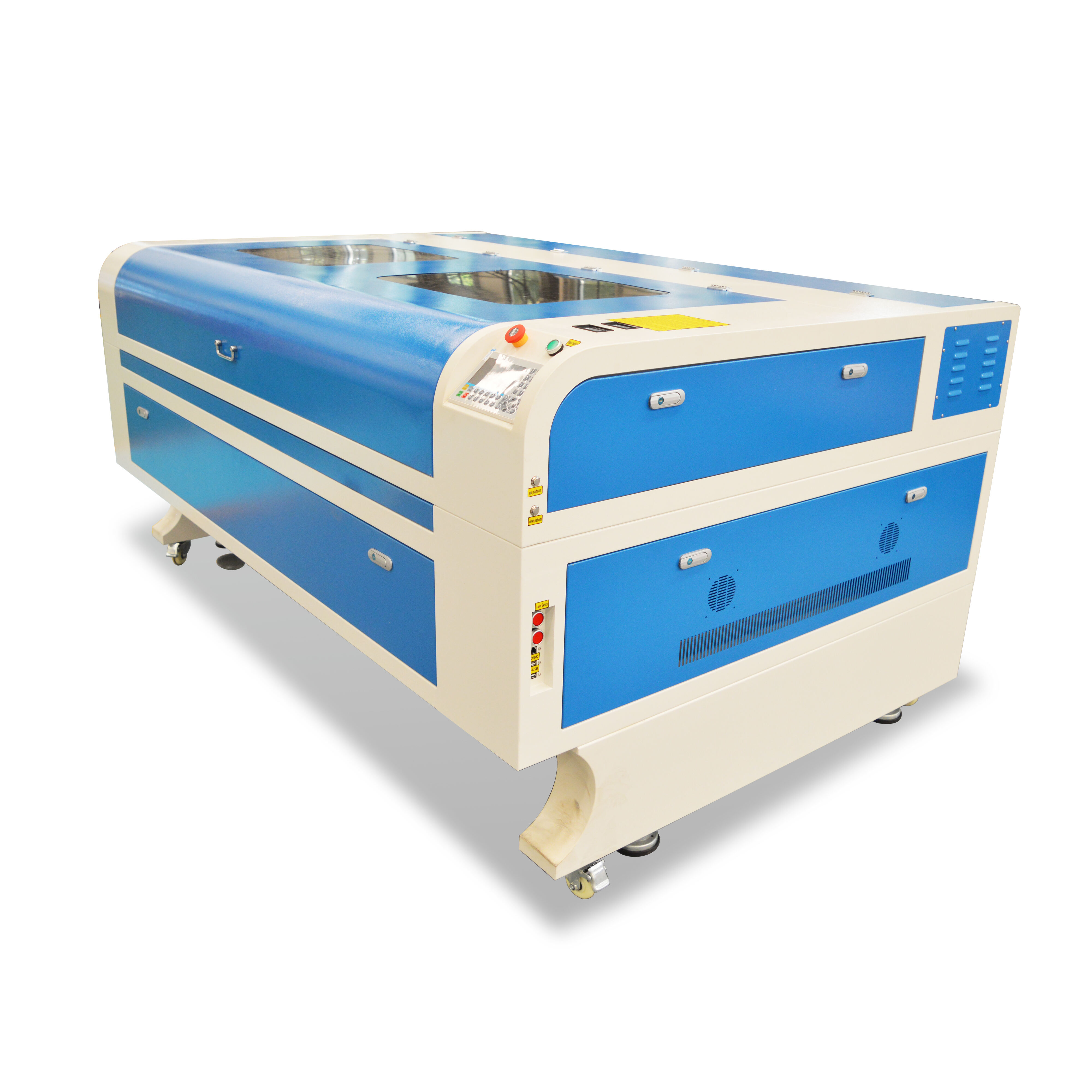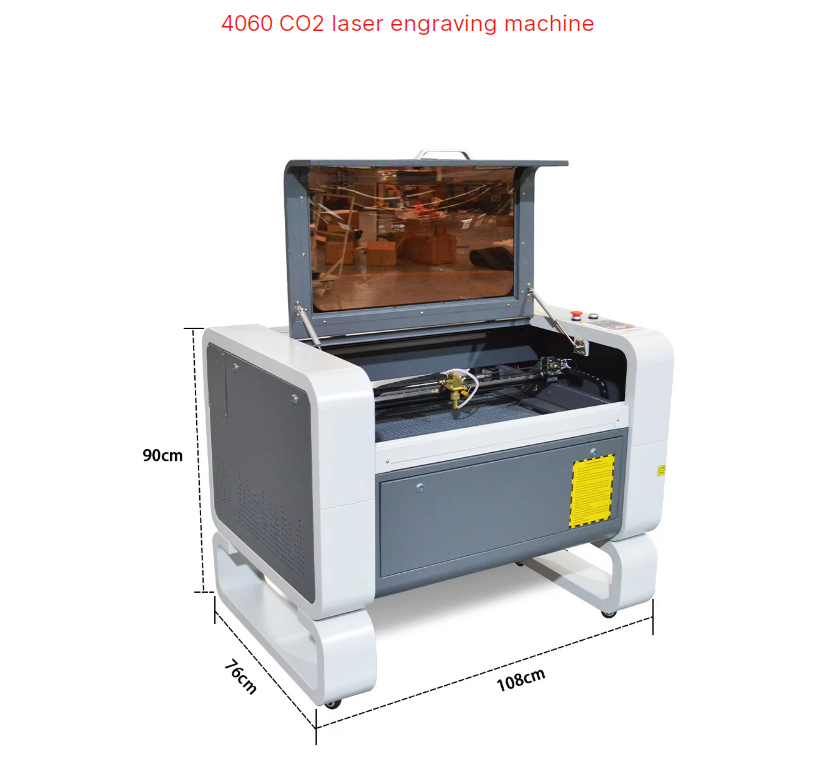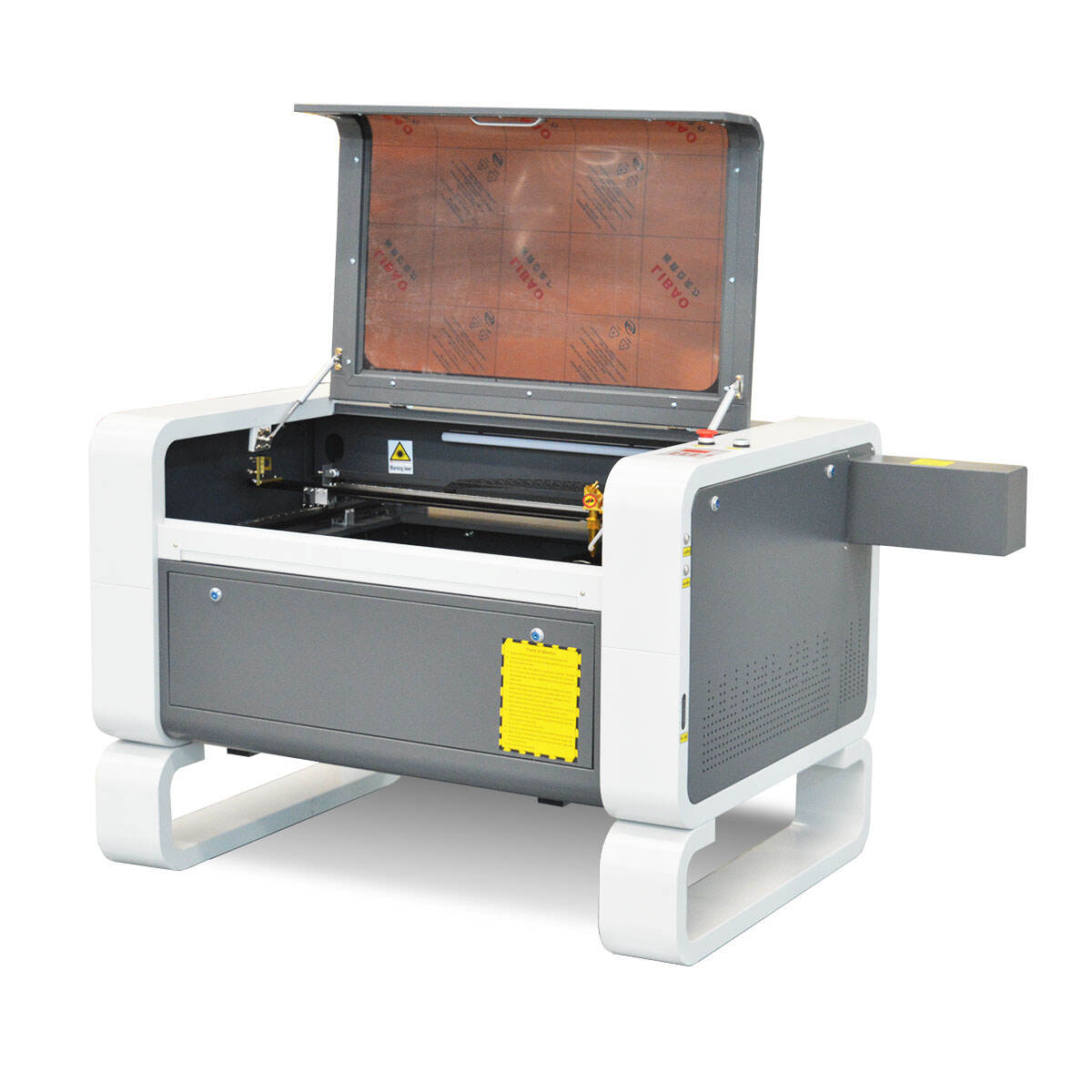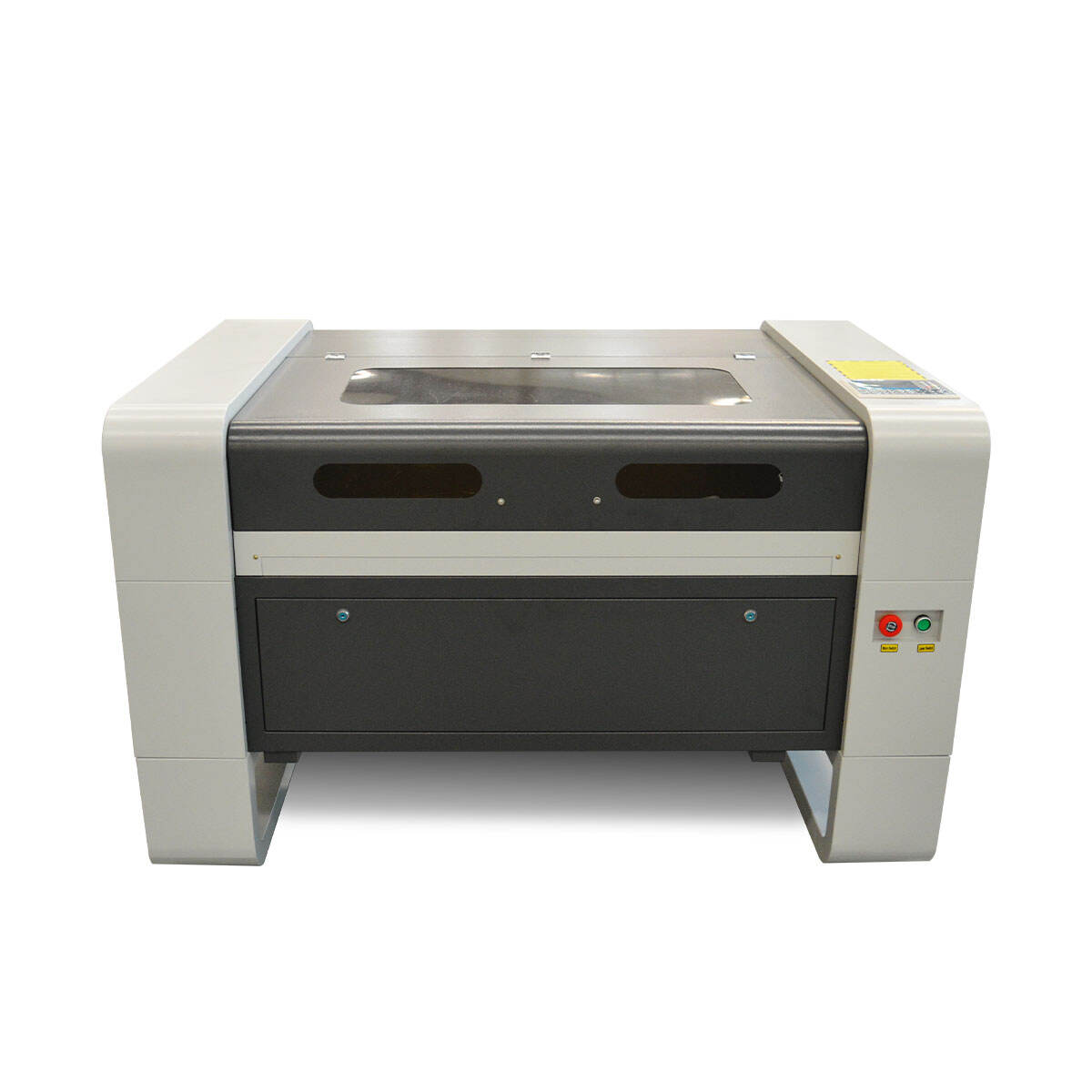The Advantages of Using Laser Engraving Machines in Modern Manufacturing
Key Advantages of Laser Engraving Machines in Manufacturing
Precision Engineering for Complex Designs
Laser engraving machines offer unmatched precision, making them ideal for crafting intricate designs that traditional methods cannot achieve. Utilizing computer numerical control (CNC) technology, these machines execute cuts and engravings with exceptional exactness, effectively minimizing human error. This level of precision is especially critical in industries demanding high accuracy, such as aerospace and medical, where tighter tolerances enhance product aesthetics and functionality.
Enhanced Speed and Production Efficiency
Laser engraving machines significantly boost production efficiency by operating at high speeds. This swift operation reduces production time, allowing companies to increase their output without compromising on quality. The technology's efficiency also facilitates rapid prototyping, enabling businesses to swiftly introduce products to the market. Industry research indicates that employing laser technology can lead to up to a 50% increase in production efficiency compared to traditional methods, showcasing its substantial impact on productivity.
Material Versatility from Metals to Composites
The versatility of laser engraving machines is one of their most notable advantages, as they can work with a broad spectrum of materials, including metals, plastics, glass, and composites. This adaptability is further enhanced by different laser types, such as fiber and CO2 lasers, which can be tailored for specific materials. Consequently, businesses can reduce investment costs by using a single laser engraving machine for multiple applications, streamlining the manufacturing process and making it highly efficient for various industrial applications.
Cost-Effectiveness Through Reduced Waste
Laser engraving technology is cost-effective due to its ability to minimize waste. It employs a precise cutting method that removes only the necessary material, significantly reducing waste. This leads to cost savings in manufacturing, which can then be passed on to consumers through lower prices. Additionally, the longevity of the engravings results in less frequent need for replacements, further enhancing the overall cost-effectiveness of laser engraver machines for businesses.
Critical Applications in Modern Manufacturing
Automotive Component Traceability Solutions
Laser engraving plays a crucial role in the automotive industry, primarily for ensuring traceability throughout the supply chain. This technology allows for the precise engraving of essential data such as part numbers, QR codes, and barcodes on automotive components. This engraved information is pivotal for quality control and adhering to safety standards. By utilizing laser marking, automotive manufacturers can significantly reduce the likelihood of recalls due to lack of traceability. According to recent reports, effective traceability mechanisms can mitigate recall risks, establishing laser engraving as a best practice for securing compliance and enhancing overall production integrity.
Medical Device Identification Compliance
In the medical sector, laser engraving emerges as a vital technology due to its ability to meet the stringent identification requirements set by the FDA. Medical devices often require precise marking of serial numbers and lot numbers to ensure authenticity and traceability, a task that laser technology excels in. Studies indicate that manufacturers adopting laser-based identification systems have markedly improved compliance rates with regulatory bodies. This direct and reliable method of engraving not only safeguards against counterfeit products but also supports the robust tracking of devices throughout their lifecycle, from production to clinical usage.
Aerospace Part Serialization Standards
The aerospace industry benefits significantly from laser engraving due to the necessity of meeting serialization standards for parts, which is critical for safety and regulatory compliance. Laser technology ensures that parts display durable markings capable of withstanding the extreme environments encountered during aerospace operations. Compliance with international standards, such as AS9100, is often bolstered through laser engraving, providing reliable part identification that remains intact under various conditions. This capability not only facilitates safety and operational efficiency but also enables manufacturers to maintain adherence to stringent aerospace industry guidelines.
Superior Performance vs Traditional Methods
Non-Contact Process Minimizes Material Stress
Laser engraving's non-contact nature significantly alleviates the risk of stress and deformation in materials, setting it apart from traditional methods. This advantage is crucial in preserving the integrity of delicate components, making it ideal for fragile materials. Case studies highlight that non-contact laser engraving can extend the lifespan of intricate designs, enabling durability without compromising quality.
Digital Workflow Integration Advantages
The integration of laser engravers into digital workflows allows for seamless transitions from design to production, enhancing manufacturing efficiency. This capability fosters innovation by enabling easy design uploads and test runs. As reported by industry experts, incorporating digital processes can reduce lead times and enhance production planning, thus strengthening the adaptability of manufacturing strategies.
Long-Term Durability of Laser Markings
Laser markings boast superior longevity over traditional methods such as ink or labels because they resist wear and tear. This permanence reduces maintenance costs and extends the usability of marked products. Industry analyses underscore the importance of long-term durability, especially in sectors like automotive and medical, where enduring product identification is crucial for operational efficiency and compliance with standards.
Advanced Laser Engraving Solutions for Industry
High-Capacity 1530 Model for Large-Scale Production
The 1530 model is engineered for high-capacity production, excelling in handling vast volumes without compromising on precision. Its advanced cooling systems ensure optimal functionality during continuous use, thereby enhancing efficiency in large-scale production facilities. According to manufacturers, the adoption of the 1530 model has led to noticeable improvements in throughput and operational efficacy.
Automated 1610 System with Dual Laser Heads
The automated 1610 system, featuring dual laser heads, facilitates simultaneous processing, effectively doubling production capacity. This system's seamless integration into production lines significantly reduces setup times and boosts operational efficiency. Businesses using the 1610 system report quicker turnaround times, particularly beneficial for high-volume orders.
Compact 4060 Unit for Precision Small Parts
The compact 4060 unit excels in precision work for small parts, ensuring accuracy despite its small footprint. It is particularly advantageous in industries like electronics and jewelry where detail is critical. Testimonials from users highlight remarkable quality and reliability, reinforcing its status as a top choice for intricate tasks.
Heavy-Duty 7050 Platform for Industrial Demands
Designed to meet rigorous industrial demands, the heavy-duty 7050 platform offers enhanced power for swift engraving on tougher materials while preserving detail. Industry surveys affirm this platform's capacity to manage expansive projects with consistent outcomes, proving its merit in robust applications.
Multi-Purpose 9060 with Rotary Engraving
The versatile 9060 model features rotary engraving, enabling it to transition smoothly between flat and cylindrical surfaces. This adaptability greatly broadens its potential applications across diverse industries. Customer insights indicate that this model’s flexibility has allowed businesses to expand their product offerings significantly.
Optimizing Laser System Safety and Maintenance
Integrated Fume Extraction Requirements
Fume extraction is a critical component when using laser engraving machines, ensuring operator safety and adherence to health regulations. Laser engraving machines, like fiber lasers, often produce fumes that can be hazardous when inhaled over prolonged periods. Integrated fume extraction systems can automate the management of these emissions, leading to a significantly cleaner working environment and improved air quality. Such systems not only enhance the workspace but also align with safety standards by reducing the risk of respiratory issues among workers. Implementing effective fume extraction solutions is a proactive measure, safeguarding both operators and facility health regulations.
Preventive Maintenance Scheduling Protocols
Establishing preventive maintenance schedules plays a vital role in minimizing downtime and extending the longevity of laser engraving systems. Regular maintenance allows for early identification of potential issues, significantly reducing costly repairs and preventing operational interruptions. Experts recommend businesses adhere to a strict maintenance schedule to ensure optimal performance and efficiency of their laser equipment, such as fiber engravers and laser cutting machines. By routinely inspecting and servicing these machines, companies can maintain operational efficiency and avoid unexpected breakdowns, ultimately preserving the investment made in advanced laser technology.
Operator Safety Training Essentials
To ensure safe and efficient operations, comprehensive training for operators is paramount when handling laser engraving machines. Training programs should encompass safe operating practices, emergency procedures, and routine maintenance checks. Well-trained operators can effectively manage systems like laser engraver machines and laser welder machines, thereby optimizing production and reducing mechanical accidents. Industry recommendations emphasize the significance of ongoing training programs to significantly reduce workplace accidents and ensure adherence to safety regulations. Consistent training not only enhances the skill set of operators but also contributes to sustaining a safe working environment.


